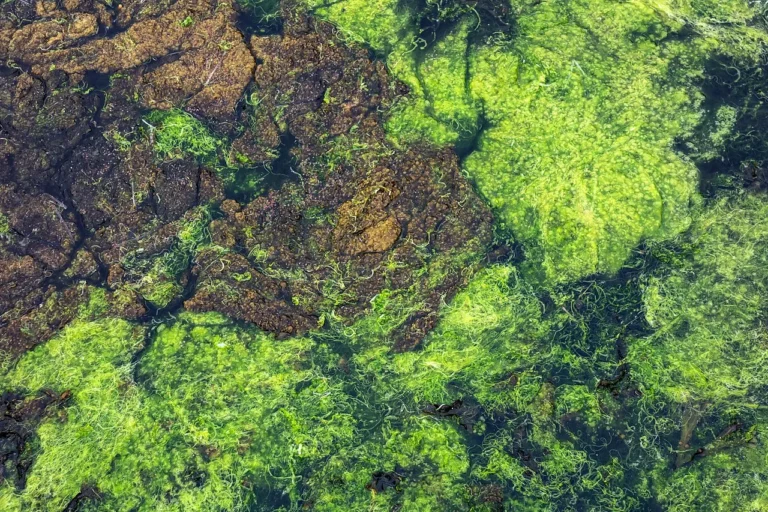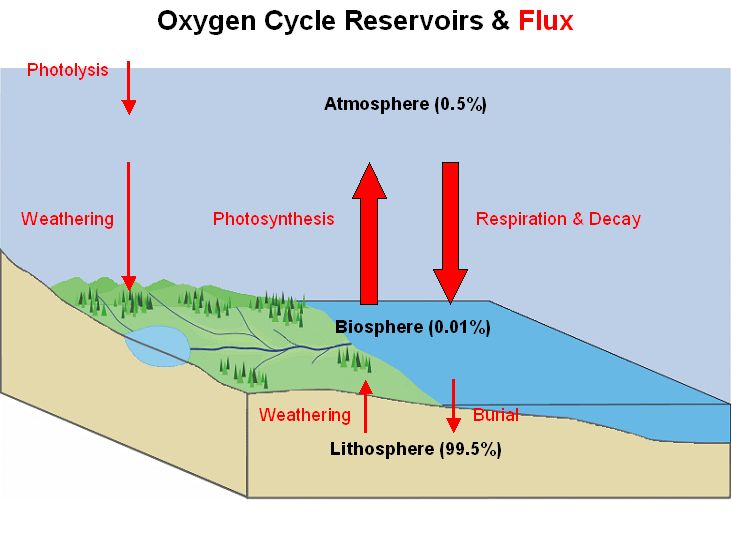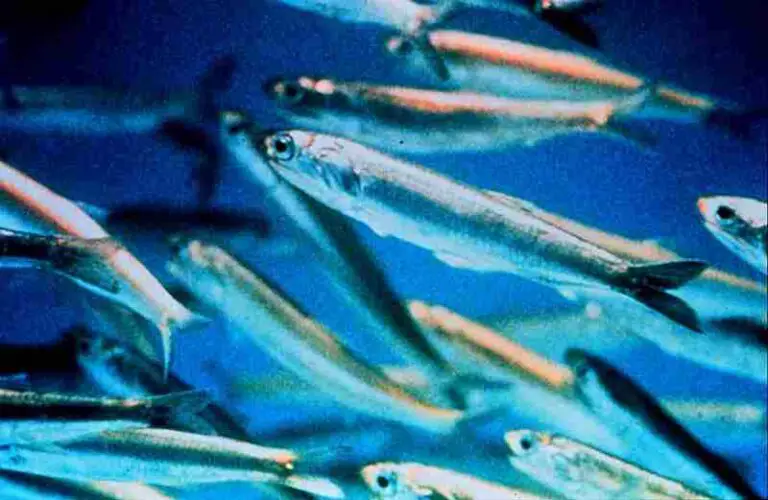5 Types of Drought Explained
Types of drought are; hydrological, meteorological, agricultural, ecologic, and socioeconomic drought. They are distinguished based on assessment criteria.
However, in some studies the three main types of drought are identified as; economic, environmental and social drought.
This article discusses the types of drought, as follows;
1). Hydrological Drought (as one of the Types of Drought)
Hydrological drought is a type of drought that occurs when the total volume of water that is circulated within the natural hydrological system or cycle, falls below sustainable levels.
This hydrological fall in volume is usually very obvious, and may be observed in the form of receding groundwater and surface water reserves in aquifers; streams and rivers among others [2].
The main factor that causes hydrological drought is prolonged periods of low precipitation and natural water recharge. This means it can be said that hydrological drought is the environmental impact of meteorological drought [3].
Of all types of drought, hydrological drought is one of the most common, and has about the most severe effect(s) on the ecosystem, because it leads to absolute water resource depletion, and threatens the sustainability of energy pyramids through which biomass and bioenergy are recycled for the survival of biodiversity.
While it is very similar to other types of drought, hydrological drought can be distinguished by its characteristics that include lower rates of natural hydrological processes and biogeochemical cycles.

2). Meteorological Drought
Meteorological drought is a type of drought that is centered around the instantaneous conditions of weather and climate in a given area.
It is alternatively known as climatological drought, and is less permanent than other drought types. This is because meteorological drought is predicated on instantaneous conditions.
However, in cases where dry climatic conditions remain prevalent for a long period of time, meteorological drought can become severe and last for long as well.
The evaluation of severity and longevity of meteorological drought can be achieved using a metric called the ‘return period’, which determines the length of interval between successive meteorological drought events [1].
Effects of metrological drought include soil degradation, water shortage, low atmospheric humidity, high winds and soil erosion, as well as some natural hazards like wildfires.
Aside return period, rainfall frequency and intensity is another key metric that is used to assess meteorological drought.
It must be noted that meteorological drought is often the predecessor to other types of drought, since shortage of water resources is ultimately caused by dry climatic conditions.
3). Agricultural Drought (as one of the Types of Drought)
Agricultural drought is a type of drought that degrades agricultural land by facilitating soil moisture and nutrient losses, and thereby reduces the potential for crop and livestock production.
The classification of any given drought event as agricultural drought is possible when crops and livestock constitute the main yardstick for assessment.
This implies that agricultural drought is simply meteorological or hydrological drought that is evaluated from the standpoint of agricultural production-potential.
The relationship between agricultural drought and agricultural activity(s) is a cause and effect one; whereby unsustainable agricultural activities can deplete soil resources and facilitate drought; and agricultural drought can in turn affect crop and livestock yield.
Drought affects agricultural production by reducing the total amount of soil moisture and nutrients available for crops to grow, which also causes scarcity of forage for livestock.
The concept of agricultural drought has broad humanitarian, socioeconomic and environmental implications; including roles in desertification, pollution, food insecurity, conflict and economic recession.
Measures that have been suggested and experimented with, to mitigate agricultural drought include soil conservation, sustainable irrigation, and general sustainable agricultural practices.

4). Ecologic Drought
Ecological drought is a phenomena whereby scarcity of water resources leads to a decline in available bioenergy, biomass, and overall functioning of ecosystems.
Although this type of drought is often used to refer to natural ecosystems like forests and grasslands, its impacts can be observed in anthropogenic ecosystems such as urban environments.
Ecological drought is very significant because it impacts biodiversity, species’ survival, and sustainability on a holistic scale.
5). Socioeconomic Drought (as one of the Types of Drought)
Socioeconomic drought refers to a condition whereby regional demand exceeds supply, due to resource shortages that create imbalance in production-consumption dynamics.
In many cases, socioeconomic drought occurs as a result of actual water shortage, so that economic productivity is hampered by lack of water resources [4].
Often however, the occurrence of socioeconomic drought can be seen as an extension of a more elaborate drought process that commences from meteorological and hydrological drought, and subsequently affects the economy.
Due to its social implications, there is a clear link between this type of drought and humanitarian problems like conflict and unemployment.
Conclusion
Types of drought are;
1. Hydrological Drought
2. Meteorological Drought
3. Agricultural Drought
4. Ecologic Drought
5. Socioeconomic Drought
References
1). Henchiri, M.; Igbawua, T.; Javed, T.; Bai, Y.; Zhang, S.; Essifi, B.; Ujoh, F.; Zhang, J. (2021). “Meteorological Drought Analysis and Return Periods over North and West Africa and Linkage with El Niño–Southern Oscillation (ENSO).” Remote Sensing ( IF 5.349 ). Available at: https://doi.org/10.3390/rs13234730. (Accessed 27 December 2022).
2). Loon, A.V. (2015). “Hydrological drought explained.” Wiley Interdisciplinary Reviews: Water 2(4). Available at: https://doi.org/10.1002/wat2.1085. (Accessed 27 December 2022).
3). Loon, A. V.; Laaha, G. (2014). “Hydrological drought severity explained by climate and catchment characteristics.” Journal of Hydrology accepted(6). Available at: https://doi.org/10.1016/j.jhydrol.2014.10.059. (Accessed 26 December 2022).
4). Liu, S.; Shi, H.; Sivakumar, B. (2020). “Socioeconomic Drought Under Growing Population and Changing Climate: A New Index Considering the Resilience of a Regional Water Resources System.” Journal of Geophysical Research Atmospheres 125(15):e2020JD033005. Available at: https://doi.org/10.1029/2020JD033005. (Accessed 27 December 2022).



